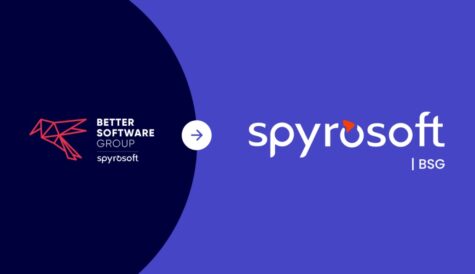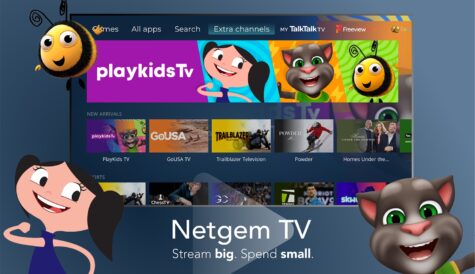Cisco CTO: no distinction between OTT and pay TV in “two to three years”
Pay TV operators need to simplify the client-side equipment they provide and focus on open-source and cloud-based technologies to achieve the necessary scale and agility to see off OTT competitors, according to Ken Morse, CTO of connected devices at Cisco.
Morse also told attendees at the Connected TV World Summit in London yesterday that the distinction between pay TV and OTT would disappear “within two to three years”.
Operators “need to own the home” to be successful and need to bring broadband to the consumer to be successful. Satelllite-based players have to either become broadband players themselves or deliver content over broadband to match the changes in train, he said.
Morse said that pay TV providers have moved from proprietary solutions to open standards and are now migrating to open-source solutions. They are also moving away from client-led technologies in the shape of the set-top to leverage the cloud and simplify client devices, he said.
Morse said operators are also moving from integrated to modular solutions. Finally, they are moving to a ‘dev-opps’ model where new versions of software can be released on demand rather than only once a year, and where releases in the field can also be pulled back quickly if they don’t work. Morse cited Comcast’s practices in the US as an example of this new way of working.
Simplification of client devices is key, said Morse. Integrations are easier to manage in the cloud than in set-tops. “Web giants show us this every day and we have to leverage this moving forwards,” he said. Many functions that have until now been performed in set-tops can now be done in the cloud, even if some functions sometimes have to be cached at the client end because of network issues, he said.
“Cisco still believes you need some intelligence at the client end,” said Morse, for example in graphics rendering, even if an growing part of this is done in the cloud.
Morse said that operators can also now “offload” infrastructure to software-as-a-service models. However, end customers are often unaccustomed to this way of working and need help in making the transformation, he said.
Morse said virtualisation is driving economies through use of the likes of Amazon Web Services and OpenStack. Virtualisation also enables better collection of data and analytics. “The power of the cloud enables you to use much richer algorithms,” he said, enabling services such as personalised advertising.
Virtualisation will also transform in-home networks, according to Morse. Services providers have limited visibility into the home currently, but technology could allow them to take functions such as parental control and firewalls back into the network and out of the home.
Morse said that virtualisation is already having a big impact on the industry. Operators can’t migrate everything to the cloud overnight and migration to the cloud doesn’t work at all stages for everybody, but it does have the power to transform the industry, he said.




